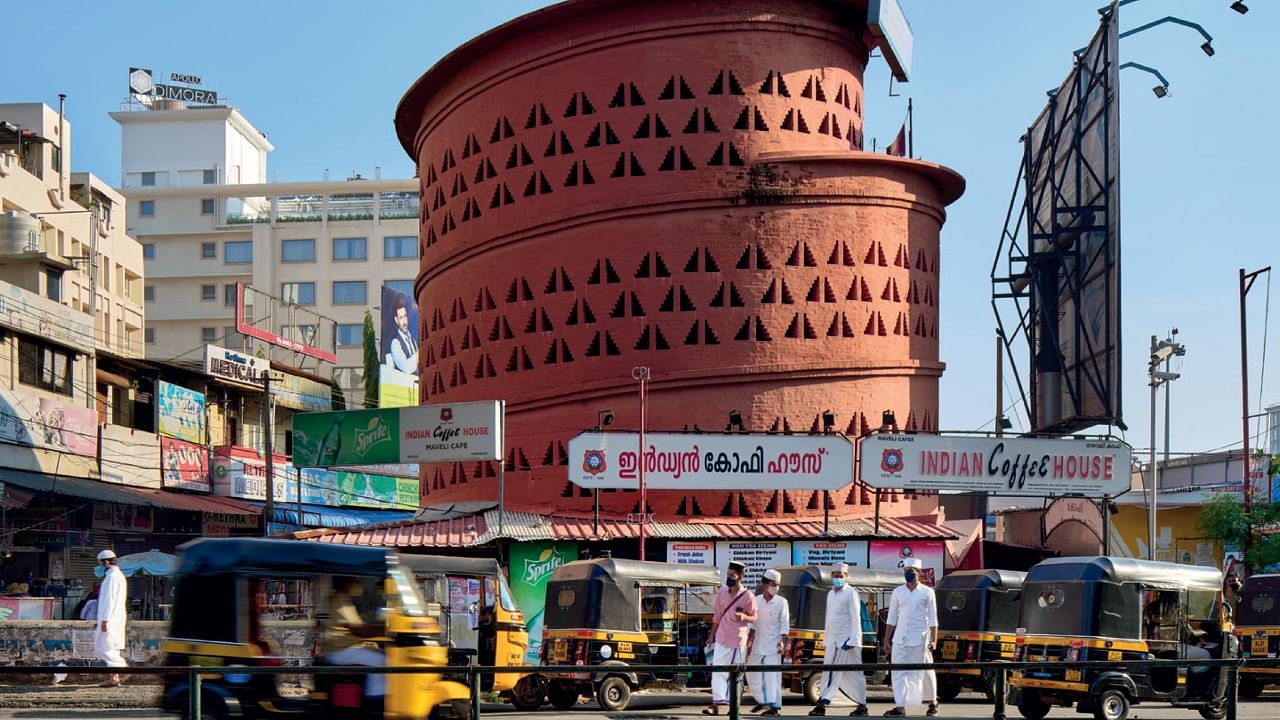

In April 2017, when the Hall of Nations and Hall of Industries—iconic architectural landmarks at Pragati Maidan, New Delhi—were demolished to make way for newer buildings, protests had emanated from India and abroad.
These buildings had been built to commemorate the 25th anniversary of the country’s independence in 1972 and were seminal as one of the earliest structures entirely created by professionals of a newly independent country; architect Raj Rewal and engineer Mahendra Raj in this case.
Among those protesting the demolition was the Museum of Modern Art (MoMA), New York. While MoMA failed to help preserve an important heritage of independent India, with its ongoing exhibition in New York, The Project of Independence: Architectures of Decolonization in South Asia, 1947-1985, it salutes the built heritage of the region from the earliest years of independence.
On view through July 2, the exhibition, according to a statement by MoMA, aims to “focus on work conceived and realized by local, rather than international architects, designers, and planners,” presenting more than 200 works of South Asia’s groundbreaking modern architecture, including the Hall of Nations.
Martino Stierli curates the exhibition, the Philip Johnson Chief Curator of Architect and Design, MoMA; Anoma Pieris, guest curator and professor, University of Melbourne; and Sean Anderson, former Associate Curator, Department of Architecture and Design, MoMA, along with Assistant Curator Evangelos Kotsioris.
According to Glenn D. Lowry, the David Rockefeller Director of MoMA, the project “explores architectural production in the second half of the twentieth century in a region that served as a blueprint for political independence from colonial rule across the globe.”
He adds, “[the project] celebrates the work of the first generation of post-Independence South Asian architects and engineers, whose work so powerfully gave form to an overarching societal vision.”
The exhibition highlights the works of key South Asians such as Indian architect Balkrishna V. Doshi (b. 1927), the only South Asian to win the Pritzker Prize in Architecture (2018); British-born Indian architect Laurie Baker (1917-2007), who presented a radical model of self-reliance with brick construction; Achyut Kanvinde (1916-2002), known for prominent structures including IIT Kanpur; Gira Sarabhai (1923-2021), who along with her brother Gautam (1917-1995) helped design Ahmedabad’s National Institute of Design (NID): Minnette de Silva (1918-1988), the first woman architect of Sri Lanka, and several others.
The exhibition and the accompanying book also dwell on American architects such as Edward Durell Stone, Richard Neutra, and Stanley Tigerman.
For the lay enthusiasts, the exhibition also gently introduces the term “Brutalist architecture” which has long been reviled globally (though also making a comeback in some places). It refers to heavy, concrete buildings emphasising materiality and chunky exterior forms, which became popular in the mid-20th century, peaking in the 1970s before being discarded. Most of the buildings of the subcontinent covered in the MoMA exhibition would classify as Brutalist structures for their heavy use of concrete.
The co-curators, Stierli and Pieris, quote literary scholar Alpana Sharma in locating South Asian architecture’s modernism in a nationalist narrative by calling it a natural idiom that provided the architects “with a sharp-edged tool with which to chip away at the edifice of colonialism.”
(The writer is a New Delhi-based journalist, editor and arts consultant. She blogs at www.archanakhareghose.com)